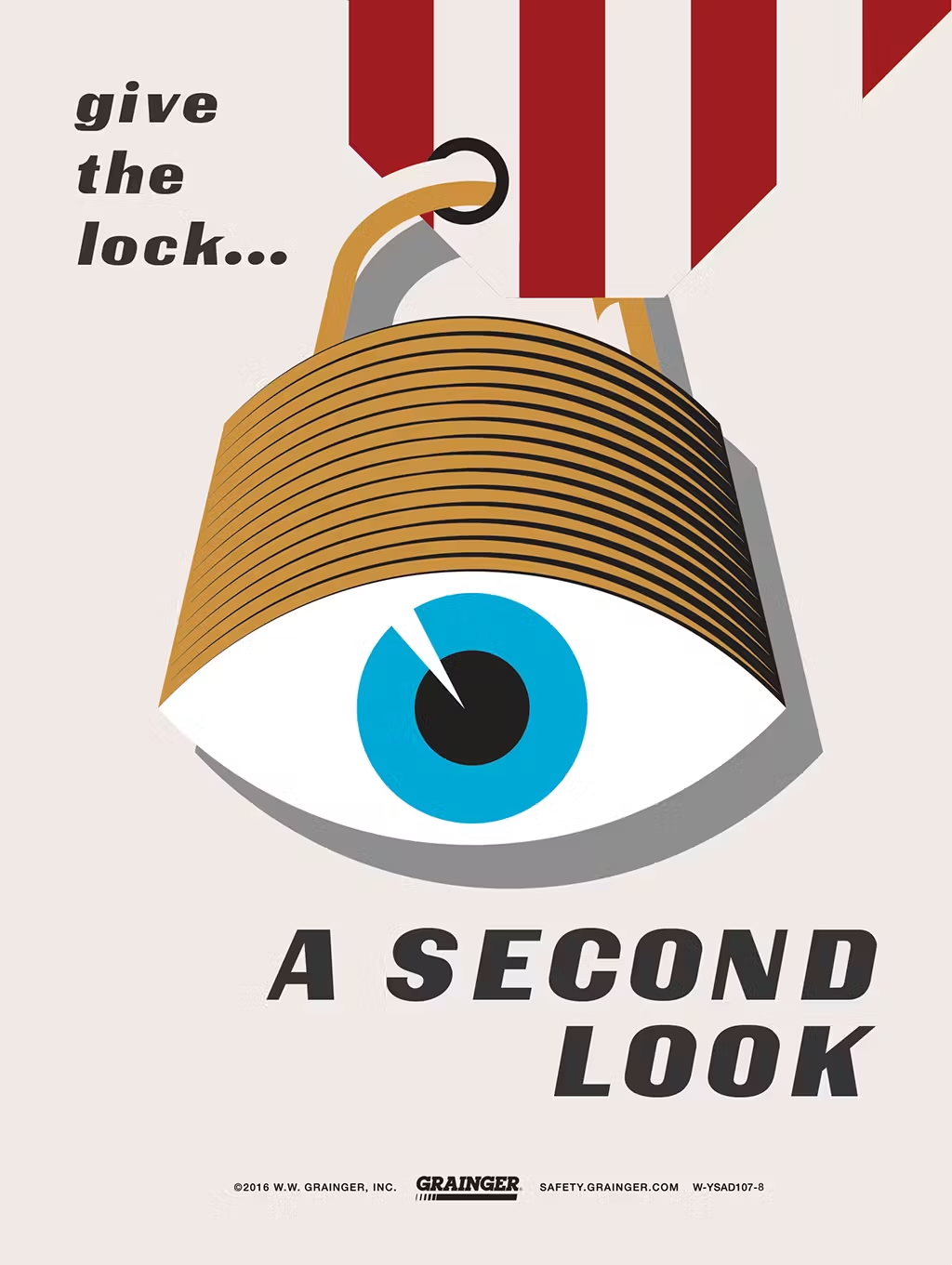If you’ve ever wondered why every version of Hokusai’s “The Great Wave off Kanagawa” feels just a little bit different, this video from the British Museum is a gem. It dives into the subtle variations across 111 known prints and shows how art, time, and technique all leave their mark.
Capucine Korenberg from the British Museum spent over 50 hours just staring at different versions of the print, joking “This is about the same amount of time you would spend brushing your teeth over two years. So, next time you brush your teeth just think of me looking at The Great Wave.”
Hokusai’s 'The Great Wave' (and the differences between all 111 of them)
Did you know there are 113 identified copies of Hokusai's The Great Wave. I know the title says 111, but scientist Capucine Korenberg found another 2 after completing her research. What research was that? Finding every print of The Great Wave around the world and then sequencing them, to find out when they were created during the life cycle of the woodblocks they were printed from.

















